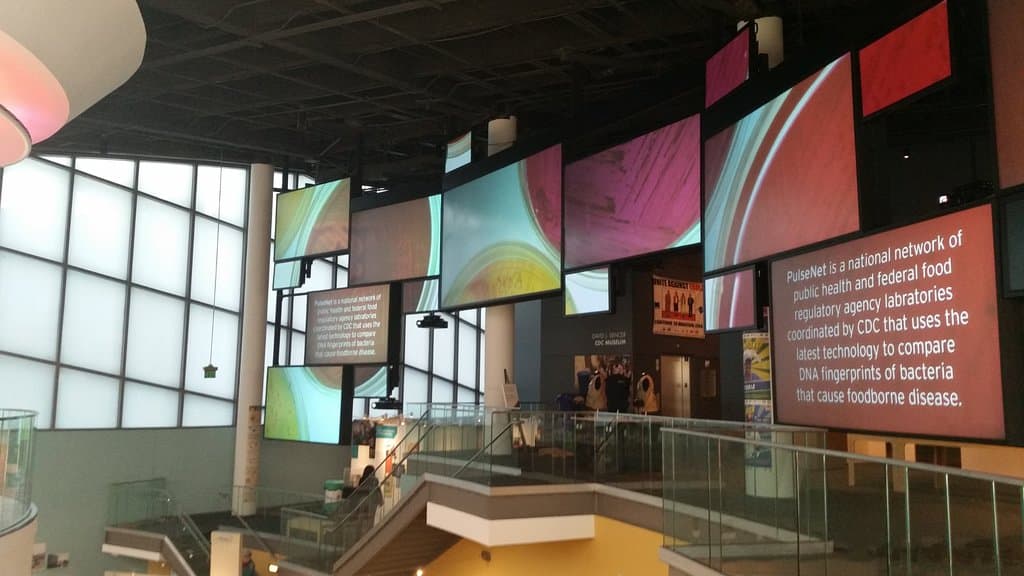
CDC Museum
Explore public health history at the free CDC Museum, showcasing global disease control efforts and scientific innovation.
Highlights
Must-see attractions
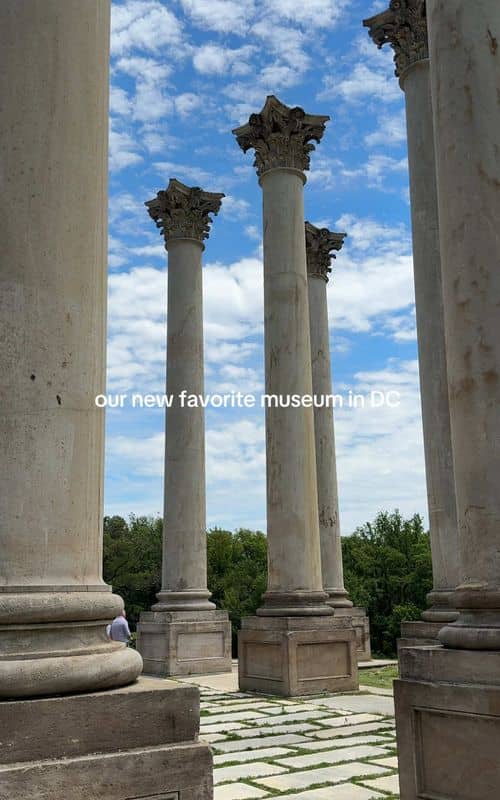
Social
From TikTok & Reddit
Best Time
Fewer crowds, more focused visits

CDC Museum
Best Time
Fewer crowds, more focused visits
Highlights
Must-see attractions
Explore public health history at the free CDC Museum, showcasing global disease control efforts and scientific innovation.
"An incredibly inspiring place to visit, offering a powerful journey through public health history."
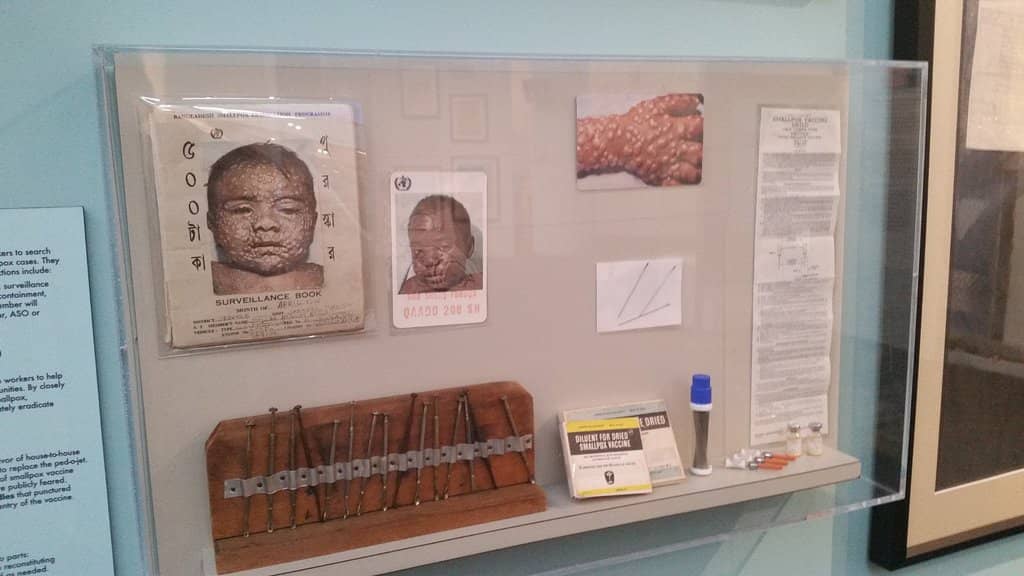
🚗 Skip the Car Inspection
Arrive via rideshare to bypass car searches and save time.
🗣️ Request Special Tours
Spanish and ASL tours are available upon request. Book ahead!
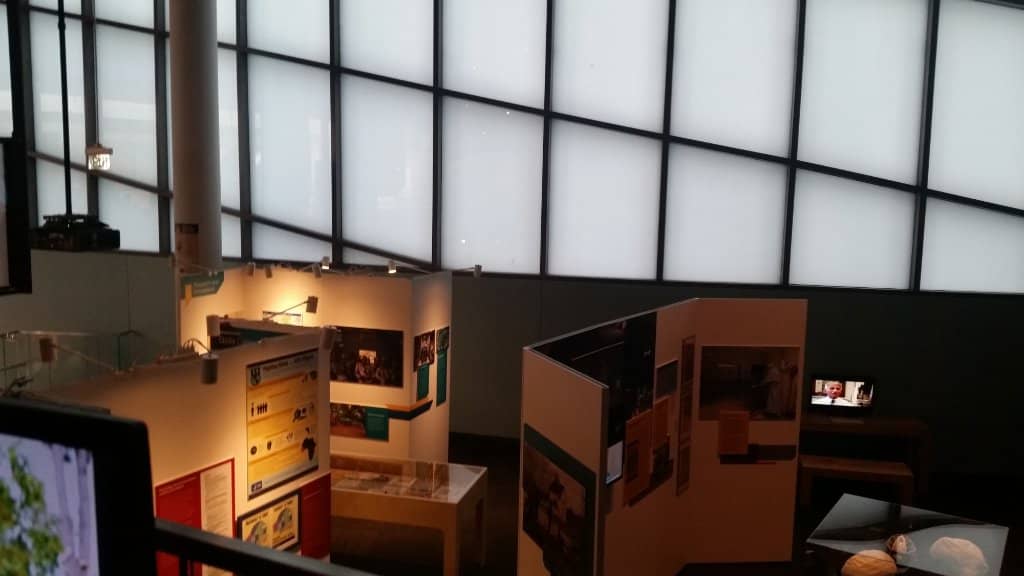
Highlights
Discover the most iconic attractions and experiences
Global Health Milestones
Main Exhibition Hall
Witness artifacts like an iron lung and smallpox devices, celebrating global health victories.
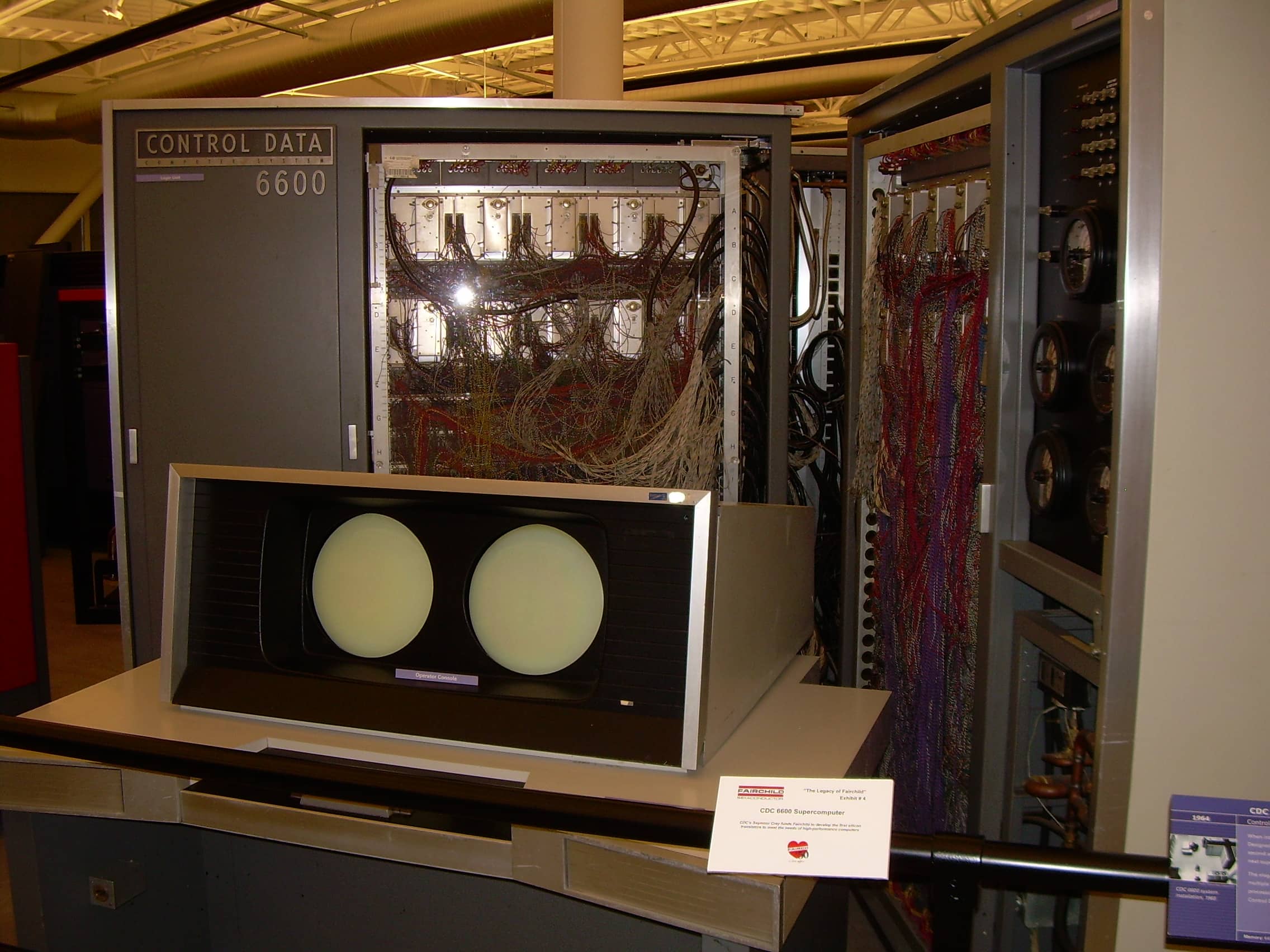
History of the CDC
Lower Level Exhibits
Explore the origins of the CDC and its crucial role in combating diseases like malaria and polio.
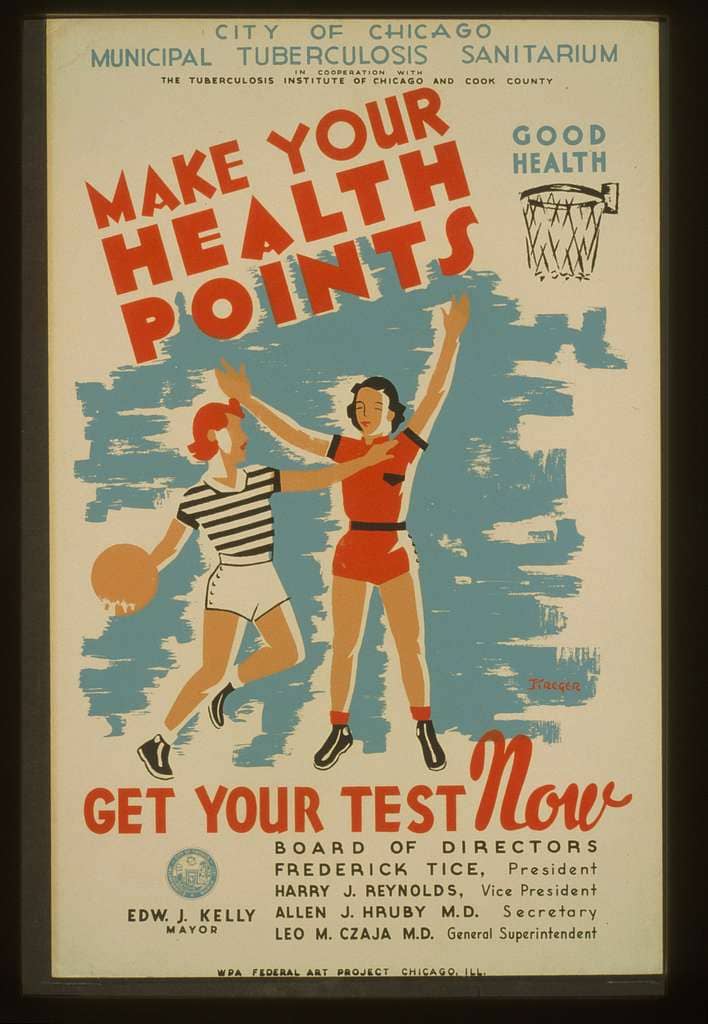
Art & Design in Public Health
Various Galleries
Discover how art and communication have been used to convey public health messages.
HIV/AIDS History
Dedicated Gallery
Understand the evolution of the HIV/AIDS epidemic and the CDC's response.
Plans like a pro.
Thinks like you
Planning Your Visit
Free Admission & Security
Exhibit Focus & Timing
Best Times
Insider Tips
from TikTok, Instagram & Reddit
🚗 Skip the Car Inspection
Arrive via rideshare to bypass car searches and save time.
🗣️ Request Special Tours
Spanish and ASL tours are available upon request. Book ahead!
⏳ Check Exhibit Durations
Some exhibits, like the ADC one, are temporary. Check before you go!
💡 Be Prepared for Security
Expect thorough security checks, similar to airport screening.
Tips
from all over the internet
🚗 Skip the Car Inspection
Arrive via rideshare to bypass car searches and save time.
🗣️ Request Special Tours
Spanish and ASL tours are available upon request. Book ahead!
⏳ Check Exhibit Durations
Some exhibits, like the ADC one, are temporary. Check before you go!
💡 Be Prepared for Security
Expect thorough security checks, similar to airport screening.
📚 Dive Deeper Online
Supplement your visit by exploring CDC's vast online resources.
What Travellers Say
Reviews Summary
The CDC Museum is widely praised as an inspiring and educational 'hidden gem' in Atlanta, offering a profound look at public health history and the global fight against diseases. Visitors appreciate the free admission and the thoughtful curation of exhibits, which highlight scientific bravery and compassion. However, some find certain sections sparse, particularly the COVID-19 exhibit, and note the extensive security procedures.
"The David J. Sencer CDC Museum is one of Atlanta’s hidden gems and an incredibly inspiring place to visit. It offers a powerful journey through the history of public health and the global fight against infectious diseases—efforts that have profoundly changed and saved millions of lives.
The story of the CDC begins right after World War II, when malaria was still a major threat in the southern United States. In 1946, the U.S. government established the Communicable Disease Center (now the Centers for Disease Control and Prevention) specifically to tackle this deadly disease.
Atlanta was chosen not only because malaria was widespread in the region, but also because of the strong public health presence already established here.
Emory University played a pivotal role in making the CDC's founding possible:
Emory granted 15 acres of land to the fledgling agency—land adjacent to its Druid Hills campus—allowing the CDC to build its headquarters and begin operations.
This strategic partnership laid the foundation for what would become the world’s leading public health institution, with Emory and CDC remaining strong neighbors and collaborators to this day.
Today, the CDC’s impact reaches across the globe.
At the museum, you’ll see how CDC played a leading role in eradicating smallpox, contributed to the near-eradication of polio, pioneered early HIV/AIDS interventions, and responded to major global health crises like Ebola, Zika, SARS, and COVID-19.
You’ll discover their legacy of vaccine innovation, pandemic preparedness, health equity leadership, and scientific research excellence.
The exhibitions are thoughtfully curated, moving, and intellectually engaging.
You’ll find artifacts like the historic iron lung from the polio era, original smallpox vaccination devices, early field epidemiology tools, and the stunning "Global Symphony" installation celebrating global health milestones.
It’s science, bravery, and compassion captured in living history.
The museum is free, meticulously maintained, and deeply educational.
Visiting the CDC Museum is not just a tour—it's a profound reminder of how far we have come in public health and how critical these efforts remain today.
If you’re ever in Atlanta, this museum is an absolute must-visit. You’ll leave more informed, more inspired, and more hopeful."
Dr. Melaku Taye Amogne
"Visiting was interesting because there was a lot of history shown with pictures and artifacts. Also some areas were restricted. I suppose you can look up what they do there to understand the reason for armed guards."
Andrew Chung
"It was eh.....thankfully it was free or else it probably wouldn't be worth it. Sparse is an accurate word to describe it. 1st floor has some TV screens and videos, small room off to the side about children and vaccines. A larger area that was all about artwork made during Covid. The floor below was exhibits on the creation of the CDC, diseases and instruments used for disease control. The Covid-19 exhibit was about the size of a postage stamp which was a little underwhelming due to the scope and length of the pandemic."
Brian Morton
What People Like
What People Dislike
Frequently Asked Questions
🚇 🗺️ Getting There
The CDC Museum is located at the Centers for Disease Control and Prevention headquarters in Atlanta. It's accessible via public transportation or rideshare services. Many visitors opt for rideshare to avoid car inspections.
While parking might be available, visitors are strongly advised to use rideshare services like Lyft or Uber to bypass the extensive security checks required for personal vehicles.
The museum is accessible via MARTA bus routes. Check the MARTA schedule for the most up-to-date information on routes and stops near the CDC headquarters.
Yes, the CDC Museum can be a compelling part of a day trip to Atlanta, especially if you're interested in public health history. Plan for security and allow ample time for the visit.
The museum is located within the CDC campus. Follow signage for visitor access and the museum entrance. It's a well-marked destination once you are on the CDC grounds.
🎫 🎫 Tickets & Entry
No, admission to the David J. Sencer CDC Museum is completely free, making it an accessible cultural experience for everyone.
The museum's hours can vary, and it's often noted as 'rarely open' by visitors, suggesting checking their official website or social media for the most current operating schedule before planning your visit.
Generally, no advance booking is required for general admission as it's free. However, for special tours like those in Spanish or ASL, advance sign-up is necessary.
Visitors should expect thorough security screening, including vehicle searches if arriving by car. It's recommended to travel light and avoid bringing prohibited items.
There are no specific age restrictions mentioned for visiting the CDC Museum. It's an educational experience suitable for a wide range of ages.
🎫 🧭 Onsite Experience
The museum features exhibits on the history of the CDC, global health crises like Ebola and HIV/AIDS, vaccine development, and the art of public health communication.
The museum offers educational content that can be engaging for older children and teens interested in science and history. Some exhibits might be more complex for very young children.
Yes, guided tours are available, including options in Spanish and with American Sign Language interpretation upon request.
Photography policies can vary by exhibit. It's best to check for signage within the museum or ask staff for guidance on where photos are permitted. Tripods are generally not allowed.
A visit can range from 1 to 2 hours, depending on your interest level and how deeply you engage with the exhibits. Some find it information-dense.
🍽️ 🍽️ Food & Dining
There are no dining facilities directly within the CDC Museum itself. Visitors may need to leave the premises to find food options nearby.
Typically, food and drinks are not permitted inside museum exhibition spaces to preserve the artifacts and exhibits. Check with museum staff for specific policies.
The CDC campus is located in a suburban area. You'll find various restaurants and cafes in the surrounding Druid Hills and Emory University neighborhoods, a short drive away.
📸 📸 Photography
Photography rules can vary. While some areas may permit personal photos, tripods and professional equipment are usually restricted. Always look for signage or ask staff.
The 'Global Symphony' installation and striking public health artwork offer visually interesting opportunities. The historical artifacts also make for compelling shots.
As the museum is located on the CDC headquarters campus, drone usage is likely heavily restricted due to security protocols. It's best to avoid flying drones in the vicinity.
For Different Travelers
Tailored advice for your travel style
👨👩👧 Families with Kids
Consider arriving early to avoid potential crowds and allow ample time for exploration. While there are no dedicated children's play areas, the interactive elements and historical context provide a solid learning experience. Planning your visit around specific exhibits that might resonate most with your children can enhance their engagement and make the trip more memorable.
💰 Budget Travelers
To maximize savings and convenience, opt for rideshare services to reach the museum, bypassing potential parking fees and the lengthy car inspection process. This allows you to allocate your budget towards other Atlanta attractions or dining experiences. The museum's depth of information ensures a valuable experience that doesn't require an entry fee.
🤓 Science & History Buffs
Explore historical artifacts, such as the iconic iron lung and early disease control instruments, which offer tangible connections to the past. The exhibits are meticulously curated to provide a comprehensive understanding of the CDC's scientific endeavors, research breakthroughs, and global impact. This is an opportunity to gain profound insights into the dedication and innovation that drive public health advancements worldwide.
Deep Dives
In-depth insights and expert knowledge
The CDC's Founding and Early Mission
This foundational period set the stage for the CDC's evolution into a global leader in public health. The museum vividly illustrates this early history through artifacts and exhibits that highlight the challenges and triumphs of disease control in that era. Visitors can gain a deep appreciation for the scientific dedication and public service that characterized the agency's inception and its ongoing commitment to protecting health worldwide.
Key Public Health Battles Showcased
Beyond these landmark successes, the museum addresses contemporary and recent public health crises, including responses to Ebola, Zika, SARS, and COVID-19. Through artifacts like historic iron lungs, early field epidemiology tools, and compelling visual displays, the museum brings these complex stories to life. It emphasizes the CDC's legacy in vaccine innovation, pandemic preparedness, health equity, and cutting-edge scientific research, offering a profound reminder of the critical importance of public health efforts.
Art, Design, and Communication in Public Health
Exhibits often feature posters, campaign materials, and artistic installations that have been instrumental in public health initiatives. The 'Global Symphony' installation, for instance, celebrates global health milestones through a visually engaging format. The museum demonstrates that effective public health relies not only on scientific rigor but also on clear, compelling, and accessible communication, making it a fascinating case study for anyone interested in the intersection of creativity and societal well-being.






Social
from TikTok, Instagram & Reddit